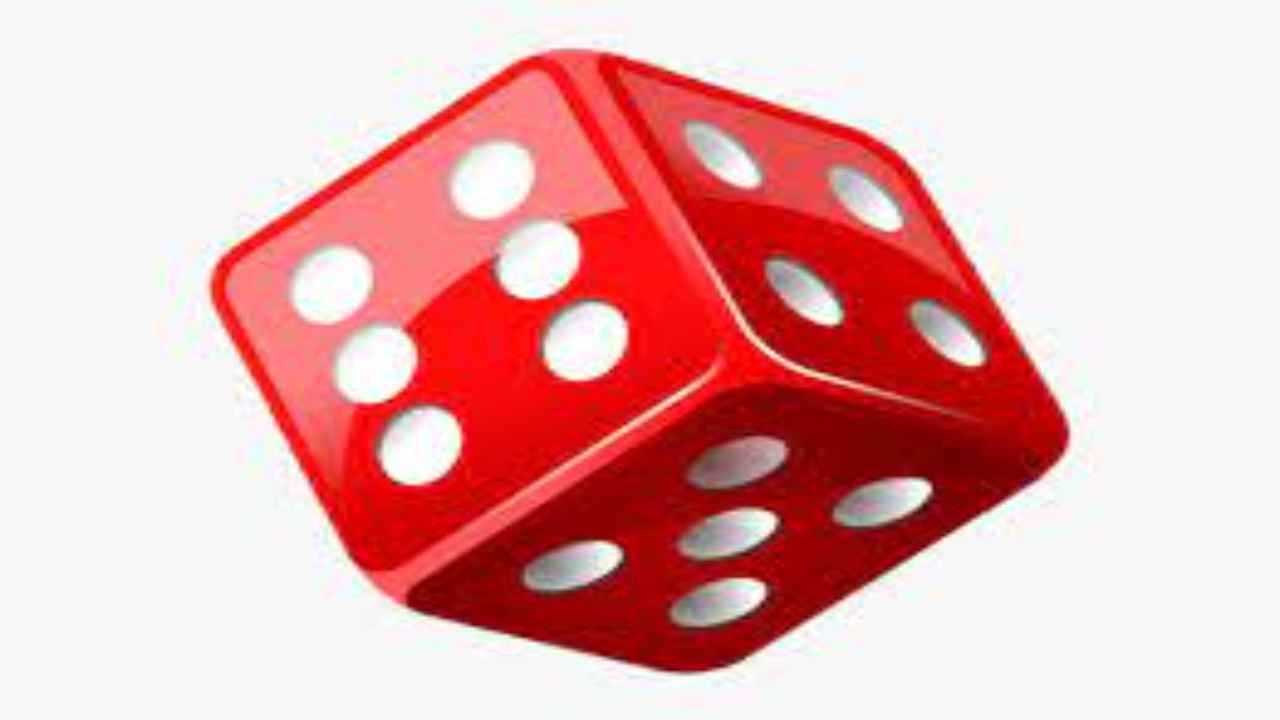Matka gambling or satta is a form of betting and lottery which originally involved betting on the opening and closing rates of cotton transmitted from the New York Cotton Exchange to the Bombay Cotton Exchange. It originates from before the era of Indian independence when it was known as Ankada Jugar (“figures gambling”). In the 1960s, the system was replaced with other ways of generating random numbers, including pulling slips from a large earthenware pot known as a matka, or dealing with playing cards.
Satta Matka, Matka gambling or satta was a full-fledged lottery game started in the 1950s just after India’s Independence. It was then known as ‘Ankada Jugar.’ It evolved with time and became completely different from what it was in the beginning but the name ‘matka’ stayed. The modern-day Matka gambling/ Satta King is based on random number selection and betting.
Satta Matka History:
In the original form of the game, betting would take place on the opening and closing rates of cotton as transmitted to the Bombay Cotton Exchange from the New York Cotton Exchange, via teleprinters.
In 1961, the New York Cotton Exchange stopped the practice, which caused the punters to look for alternative ways to keep the matka business alive. A Sindhi migrant from Karachi, Pakistan, Ratan Khatri introduced the idea of declaring opening and closing rates of imaginary products and playing cards. Numbers would be written on pieces of paper and put into a matka, a large earthen pitcher. One person would then draw a chit and declare the winning numbers. Over the years, the practice changed, so that three numbers were drawn from a pack of playing cards, but the name “matka” was kept.
During the flourishing of textile mills in Mumbai, many mill workers played matka, resulting in bookies opening their shops in and around the mill areas, predominantly located in Parel in Central Mumbai and Kalbadevi in South Mumbai.
The decades of 1980s and 1990s saw the matka business reach its peak. Betting volumes in excess of Rs. 500 crore would be laid every month. The Mumbai Police’s massive crackdown on the matka dens forced dealers to shift their hiedouts to the city’s outskirts. Many of them moved to Gujarat, Rajasthan and other states. With no major source of betting in the city, many punters were attracted to other forms of gambling such as online and zhatpat lotteries. Meanwhile, some rich punters began to explore betting on cricket matches.
So, in 1961, the New York Cotton Exchange stopped the practice, which caused the punters/gamblers to look for alternative ways to keep the satta matka business alive. The 1980s and 1990s saw the matka business reach its peak.
How to play Satta Matka
To play, a gambler chooses three numbers between 0 and 9. The three chosen numbers are added together and the second digit of this resulting number is noted down alongside the original three chosen numbers. This leaves the gambler with four numbers, from which point they may bet on the various likelihoods of the numbers or number sequences appearing or being chosen from the pot.
So, Matka gambling or satta is a form of betting and lottery which originally involved betting on the opening and closing rates of cotton transmitted from the New York Cotton Exchange to the Bombay Cotton Exchange.


















